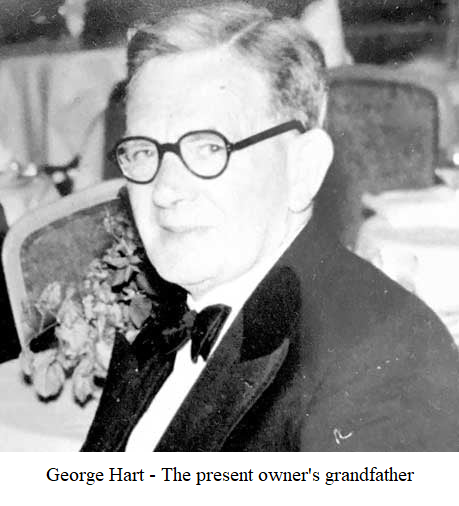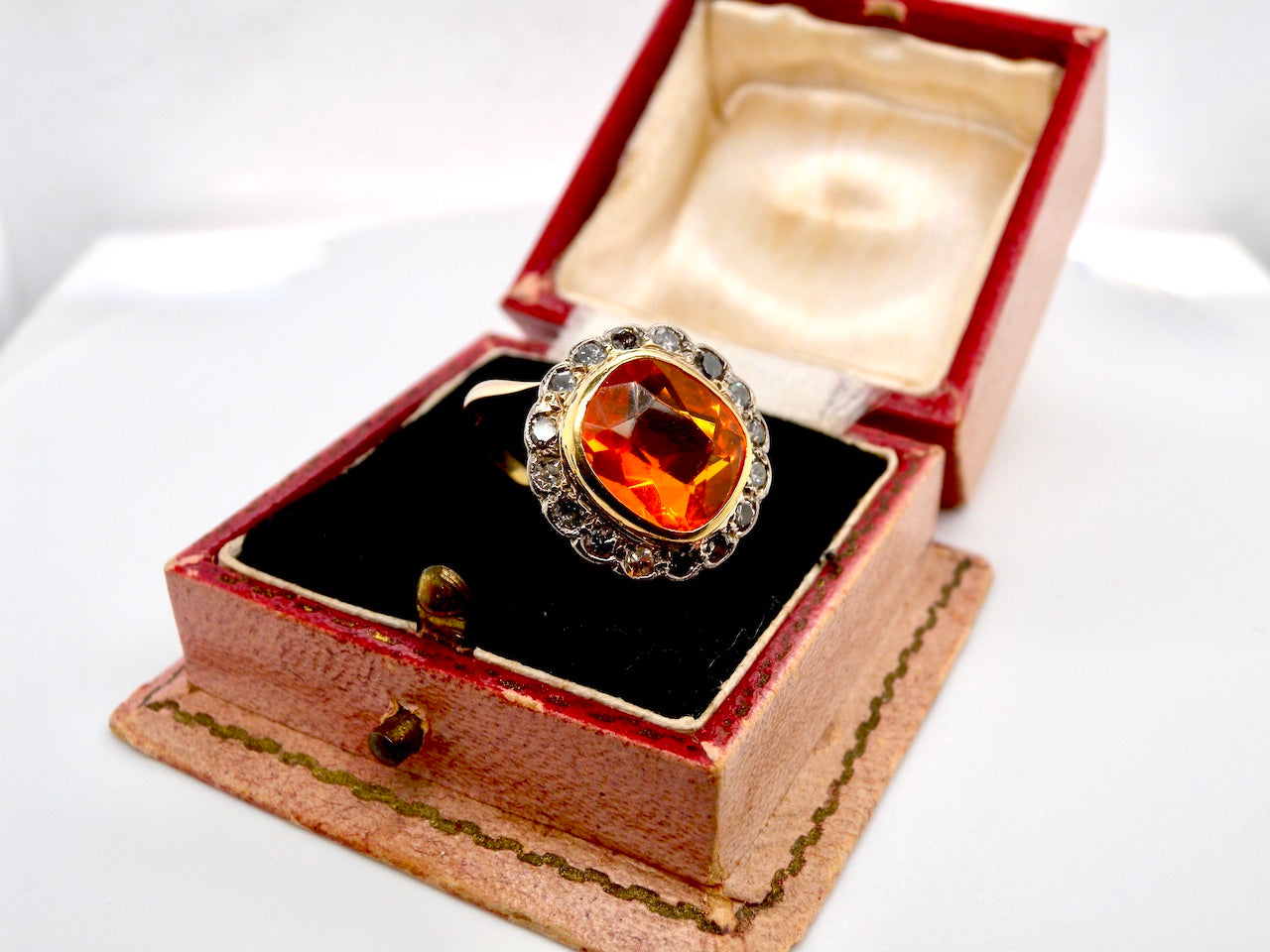Louis Francois Cartier, with his passion for watchmaking, took over his master’s workshop during the French Revolution in France, in 1847. The business, run along contemporary lines, continued to grow in leaps and bounds, and is famous the world over, for its luxury and sophistication.
The Santos – The First Wristwatch By Cartier
Alberto Santos, a French-Brazilian aviator, and good friend of Cartier’s complained that it was totally impractical to use a pocket watch during flights.
This gave Cartier the idea to create the first wristwatch for men – The Santos.
The watch, which featured the first-ever folding buckle/deployant clasp, came onto the market in 1911, and since there was no competition whatsoever, it quickly became a status symbol of wealth and luxury.
As with all his other jewellery items, Cartier used only the best quality materials to create his luxury watches, which immediately attracted celebrity clients like Kate Middleton, Jackie Kennedy, and Princess Diana, to name but a few. This naturally resulted in the brand’s reputation growing significantly.
How Did Cartier Distinguish His Work?
The name, fame, and recognition, dating back to the 19th century, is due to its founder, Louis Francois Cartier distinguishing his works by setting the trend of stamping all the jewellery items he created in his workshop. In addition to this, he had the skill of describing in elaborate ways, all jewellery, besides watches, which were developed in his workshop.
Although humble, it was these beginnings that resulted in each item having a unique and intricate design, which gave birth to the “Cartier Era”!
The Opulent French Society
This era was incredibly favourable for Louis Cartier since all his clients were wealthy aristocrats, which helped to finance his business and even sell his luxury pieces of jewellery other than watches.
This was the first step towards his superb business in 1899, to its current location on Rue de la Paix, Paris. This area developed room for spectacular wealth, which accentuated the move from retail to design and manufacturing.
The Golden Era
The Golden Age for Cartier occurred from 1894 to 1920, during the 20th century. At that time, the term “fancy” was used to describe the style of Cartier in the French jewellery market and was handed down traditionally, to his successors, when his son Alfred managed the establishment of Cartier stores in London and New York.
Furthermore, the Cartier brand remained family-owned until 1964, when it was sold as separate stores, worldwide.
In 1972, however, Cartier was purchased by one of the organisations, which reinstated it globally, as one of the most luxurious brands of jewellery.
The Expansion Of Cartier
Apart from producing “fancy” pieces, Cartier also gained a name for creating jewellery of perfection, during its period of expansion.
Over the years, Cartier history becomes even more glorified with the mention of some of the unknown pieces of art in the world, such as the Tutti Frutti bracelets and necklace for the Maharaja of Patiala, the “big cat” jewels created for the Duchess of Windsor, as well as the lightweight, elegant platinum Belle Epoque garland necklace made for King Edward VI.
It is innovative and inspirational ideas such as these, that separate Cartier from others in the industry, even today, with operations that include over 200 stores in 125 countries all over the world, three of which are Historical Maison’s, namely New York, London, and Paris.
Present Day Cartier
It’s not only Cartier’s retail customers that embrace its luxurious approach and historical journey, but also the entire top-class jewellery industry.
To today’s modern generation, Cartier is defined by the style of leadership of its founder, as well as the inspiration it takes from countries all over the globe, including Britain, Russia, the Middle East, as well as its home country, France.
Cartier has given its royal and loyal clients the kind of lifestyle that is reminiscent of its glorified past, and teaches its stakeholders, that quality in business, is way more important than anything else.
Cartier’s Jewellery
What many people don’t know, is that Cartier was referred to, by King Edward VII of Great Britain, as the “king of jewellers,” or “the jeweller of kings!”
Another fact that places Cartier above others in the industry, is that he was the first to combine diamonds and platinum, to create his Garland Style jewellery.
According to him, although platinum is fine and light, it is still durable and strong enough to hold diamonds. In addition, the platinum illuminated the sparkle of the diamonds perfectly. In 1912, Cartier designed an exquisite garland-style necklace, which resembles real lace decorated with diamonds, for Queen Elizabeth of Belgium.
The Trinity, a piece of jewellery consisting of three interconnected rings made in 1924 from rose, white, and yellow gold, is one of the oldest and most well-known pieces of Cartier jewellery that still exists.
Yet another famous piece of Cartier jewellery that has proved to be immensely popular, is the Love Bracelet, which includes a special little screwdriver, that the wearer uses to open the bracelet.
In Conclusion
From watches, pens and fountain pens, and a wide variety of other exquisite jewellery items, Cartier has always been a pioneer in innovation and creation. The brand is one of a kind and has remained incredibly popular with millions of people who accept nothing but the best there is to offer.
We buy prestige watches like Cartier, Rolex etc here at Vintage Tom. You can even place your item for sale on our high traffic website for commission. For more information on commission based selling click here
You May Also like: A Brief History Of Signet Rings



